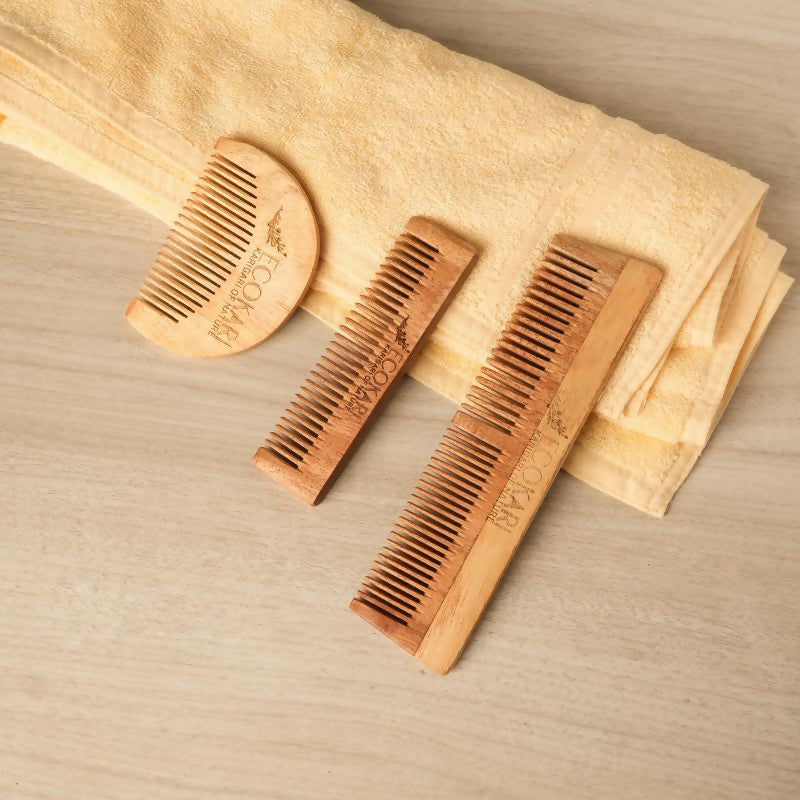The Overconsumption Trap: Stanley Cups, Labubu & More

Spend a few minutes online, and you’ll notice how Labubu plush dolls, especially the secret mystery box editions, are everywhere. On social media, you’ll likely find someone unboxing one of these dolls, part of a mystery box series. It’s the thrill of the unknown; it’s all about the buzz. If we take a little trip down memory lane, just like with those Stanley Cups, the marketing techniques and sales driven by the fear of missing out hype people into buying things they absolutely don’t need have become a commerce phenomenon. Are trends getting out of control?
Labubu & The Mystery Box Obsession
Tiny, wide-eyed, and colourful Labubu plush dolls are dominating on social media reels. With secret characters hidden in blind boxes, buyers often purchase multiple boxes just to complete a set or in hopes of finding the "rare one." The dopamine hit of unboxing, the social sharing, and the trend of "collect them all!" is now a monetized game of emotional manipulation.

The 2017 Fidget Spinners
Remember the 2017 Fidget Spinners? Yes, they're a fun distraction tool, but what about those bought in fear of missing out or to keep up to the trend? They are probably in landfills, adding to the plastic waste. In just the first six months of 2017, an estimated 19 million fidget spinners were sold. A short-lived obsession with a long-term environmental cost.
The Crocs Comeback
Crocs have been a trend that was both liked and disliked for their appearance, but they experienced a resurgence in popularity. They sold a record over 100 million pairs of shoes worldwide in 2022. Also, if you want check- are upcycled Crocs becoming more common, or is the market still flooded with regular non-biodegradable Crocs? Upcycling should not be a trend; the important goal is to reuse existing materials responsibly.
The Recent Stanley Cup Obsession
Yes, reusable water bottles are a good thing. But when they turn into status symbols and collectible items, the message gets lost. Enter the Stanley Cup trend where metal tumblers are created in every colour to match moods, seasons, and outfits. But how many reusable bottles does one really need? One? Maybe two? Then why do influencers showcase shelves lined with 10, 20, even 30 of them? What started as a functional, eco-friendly product has now turned into a status symbol and adds to the very waste culture it was meant to fight.

FOMO Is a Business Model Now
Today’s marketing runs on cashing anxiety and the fear of missing out. Scarcity, limited drops, exclusive releases, and countdown timers are all built to make you feel like you’ll lose something if you don’t act now. Among the millions of overconsumption trend loving influencers, there are also these influencers who are undoing trends.
Creators like Theresa Cornelia speak about how impulse buying is fed by FOMO and how online shopping makes it dangerously easy. Meanwhile, Addy explores how today’s trends capitalize on haul culture.
How to Break the Cycle?
- Wait 24 hours before buying anything trending
- Think about it: Will I still use this six months from now?
- Follow creators who talk about anti-hauls and slow consumption
So, are you really missing out or just being marketed to?






Leave a comment